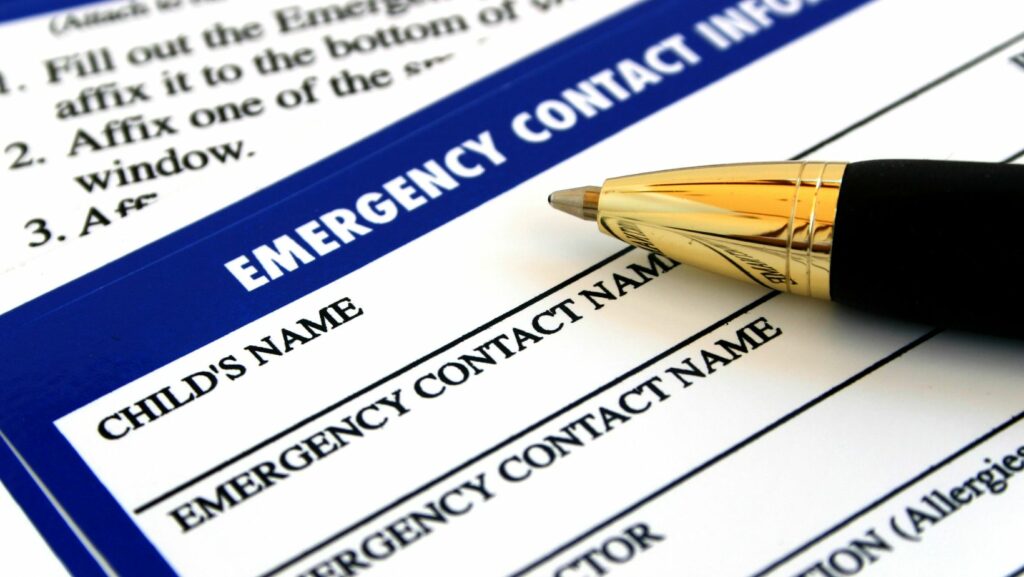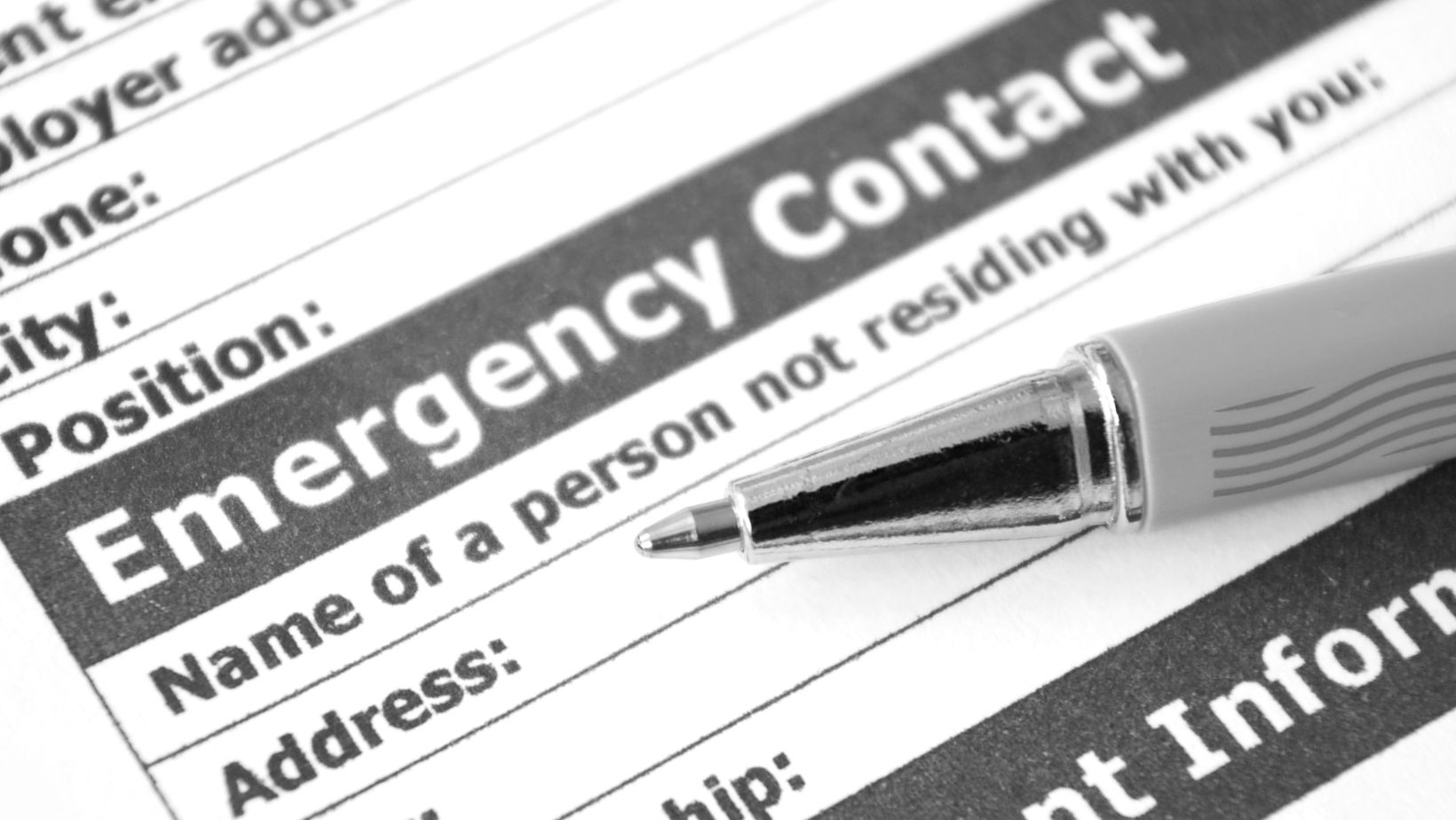For many families, the real strength of a safety alert necklace is not only in its ability to call for help, but in what happens after the button is pressed. Technology is important, but it is the human connections—the people who answer first—that make the system meaningful. This is why setting up emergency contacts and clear escalation rules is one of the most crucial parts of configuring a medical alert system.
When a senior activates their BeWell Medical Alert necklace, the signal goes directly to a 24/7 monitoring center. But from there, families can decide who should be contacted first. Some choose to have a spouse or adult child notified before emergency services are called. Others prefer the opposite, asking the operator to dispatch an ambulance immediately and notify family afterward. Both approaches are valid; the difference comes down to each household’s comfort level and the senior’s health profile.
The process of setting up contacts is straightforward but deserves careful thought. With BeWell, families can provide a prioritized list—perhaps a daughter living nearby as the first contact, followed by a neighbor who holds a spare key, and finally another relative who can coordinate longer-term care. The monitoring staff follow this order step by step, ensuring that someone trustworthy is always in the loop. This approach reduces unnecessary ambulance calls in non-critical situations while still guaranteeing professional help when it is truly needed.
Escalation rules are just as important. These rules define what happens if the first contact cannot be reached, or if the senior is unresponsive. In practice, this often means that if no family member answers the call, the operator will immediately alert local emergency services. The beauty of the BeWell system is its flexibility: families can adjust these rules at any time, reflecting changes in health status, living arrangements, or caregiver availability.
Beyond logistics, there is a psychological benefit. Seniors often express relief knowing that they won’t be left waiting endlessly if the first person doesn’t pick up the phone. Caregivers, on the other hand, gain peace of mind from the knowledge that professional responders will step in if they cannot. It is a safety net with multiple layers, built to adapt to real life.

In the end, the technology inside a safety alert necklace matters less than the clarity of the plan behind it. By thoughtfully assigning contacts and escalation rules, families transform the device from a simple button into a tailored safety network. With BeWell Medical Alert, those rules are not just technical settings—they are a living structure of support that ensures no call for help ever goes unanswered.

